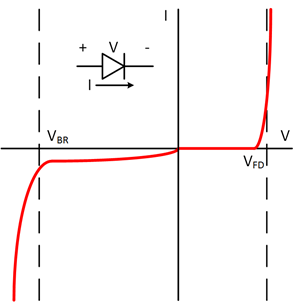Hi
On state switch leakage current (IS(on)) can be tested in the circuit like figure 4.
If the one side is not open (connecting to any load), is IS(on) varied out of 2uA (datasheet spec)?
For example, should we consider the additional current to estimate total current like following?
Total current = leak current (Is_on) + additional current (leak current from load)
BestRegards





